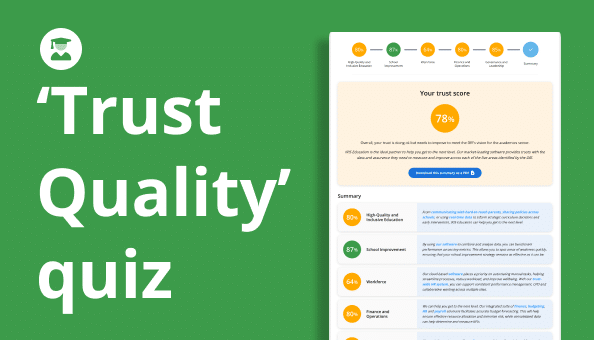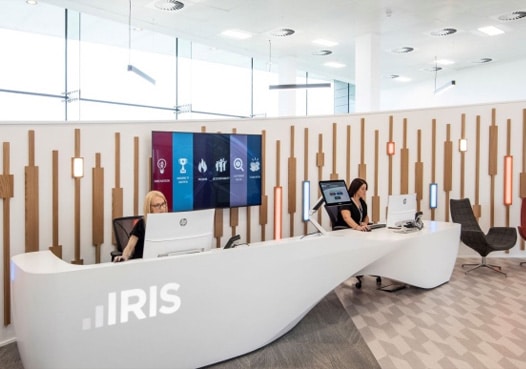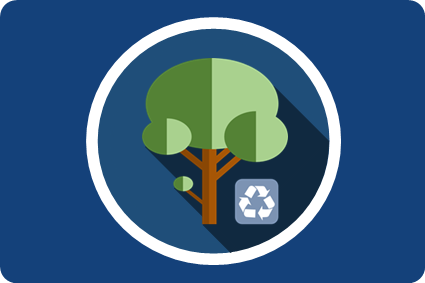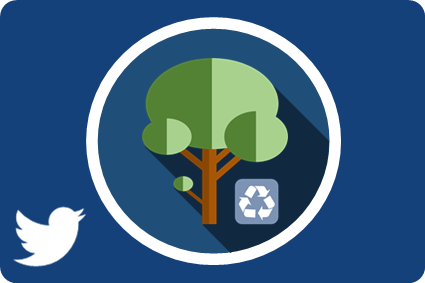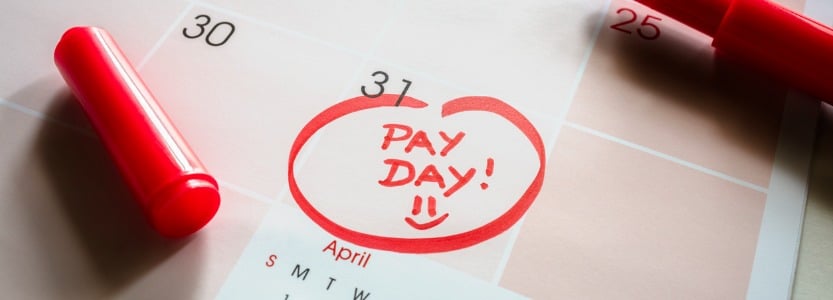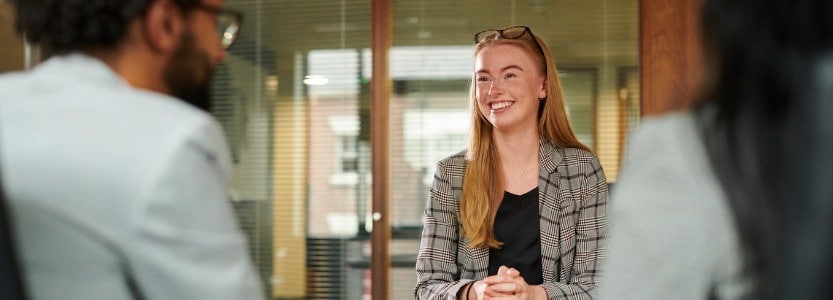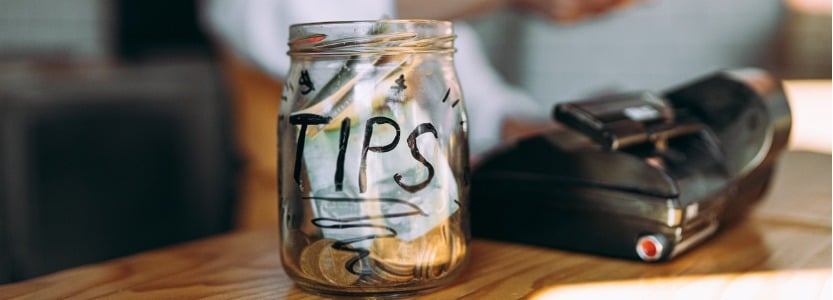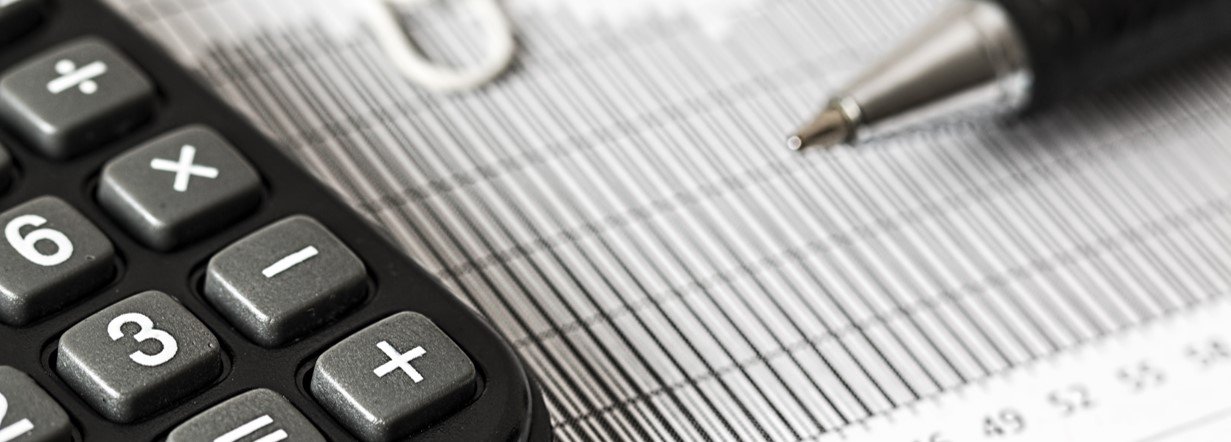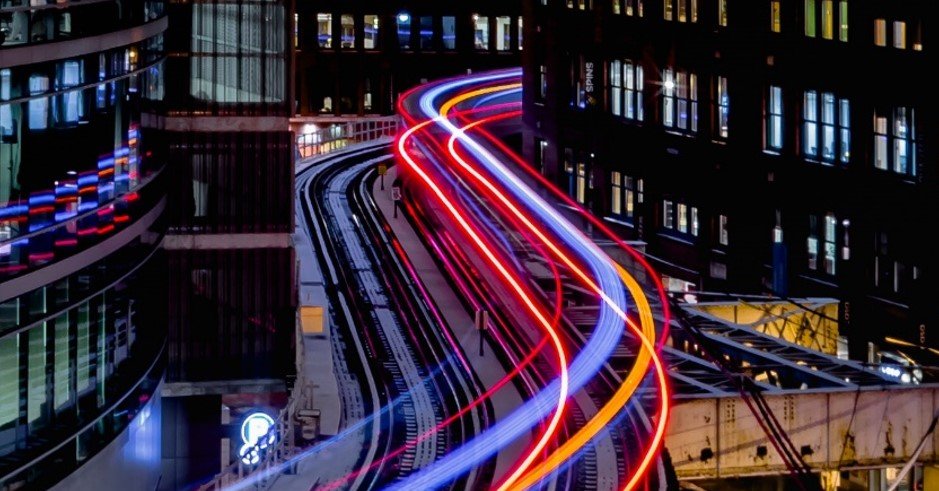BLOGS
Ways to Make your Business More Environmentally Friendly Through Leasing
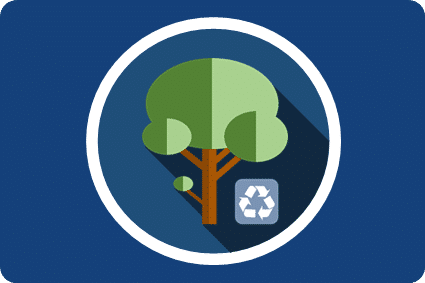
Make your company greener by just rethinking how you procure your business's assets.
|
|
“There’s this theory that you have to pick one: economics or environmental performance. That’s nonsense.” - Mark Vachon, vice president of GE’s ecomagination |
The environment is always high on the agenda for companies as we all try to do our bit to lower our impact on carbon emissions and other natural ecology harming consequences of running a successful business. Doing our bit for the environment should never be a burden though and as we show in our tips below, even simple changes can really help make a difference. Something as simple as reconsidering the way we procure the assets our companies need can make a real impact that is not only impactful, but sustainable. Leasing provides many benefits, including how it can help your business become greener.
Asset Refresh and Repurposing
In today's advanced society, technology is evolving on an almost daily basis, with upgrades and updates available annually for most of the things we use every day. This is both a blessing and a curse. We are able to do more now, in a more efficient ways than we could ever do even 10 years ago, but constant advancements come at a cost; the cost of obsolescence. Within the space of a few months, equipment that was once top of the range, can be old news and after a year or so, it could be so incompatible to the changing times, that it is as useful as a Christmas Bauble in April.
Lots of machinery, tech and other assets can end up sitting in storage, even though they may be in great condition and filled with recyclable components. Some operating lease agreements can include clauses for asset refresh, where the equipment on lease can be replaced and upgraded with newer versions by the lessor under a new contract. This helps to avoid the wasteful abandonment of outdated tech as the return of the asset means there is a greater chance that it will be put to good use as the supplier has a far greater knowledge of how to repurpose the components.
Residual Values and Re-selling
Leases take into account the economic and useful life of an asset as this is a key definer of the type of lease agreement you will sign. By maintaining a focus from the initial stages of leasing that the asset can retain its value, leasing can become a very eco-friendly method of procurement. Both the lessor and the lessee are forced to consider the future of the assets they are planning to leases, even before a contract has been signed, meaning both parties are aware of the investment they are taking in the assets’ residual value and thus, where it will go after the first lease period.
As the lease has been agreed to avoid ending with an effectively useless asset for both parties, it is less likely that either the lessee or lessor will be left to deal with a piece of equipment that has fully depreciated and is subsequently neglected. By knowing how much your asset is worth, you can plan in advance how best to deal with it in an economically and environmentally friendly way.
Professional Disposal
When you lease, you relinquish legal title to the equipment. This effectively means that, at the end of the day, the future of the asset once your company has finished with it is not your responsibility. This takes a great deal of pressure of finding the most eco-friendly way of recycling or disposing of the assets as they are returned to the lessor, who will have experience in ethically disposing of used assets. The equipment has a greater possibility to be resold to another company or returned to the manufacturer, who knows better than anyone how to repurpose or ethically dispose of the asset components – some lessors may in fact also be the original manufacturer. By transferring responsibility of the asset to someone who knows more about it and it used to investing in assets they have no use for, it is much less likely to end up wasted in a warehouse or storage unit.
Easier Access to Greener Assets
More and more companies are developing eco-friendlier versions of their products. However, naturally, the research and materials needed for these greener assets often come with large price tags; meaning manufacturers may need to charge more and consequently, they can be much more expensive to procure.
However, with leasing, it is much easier to get a hold of assets as the payment plans spread the costs over a longer period of time, allowing you to obtain the assets without that large payment making such an influence on your cash flow. This way, it is a lot easier to get the assets that are greener for the environment, comply with general eco-friendly regulations and can save you money on their energy and fuel efficiency.
Utilise Leasing Software and Digital Processes
Traditionally, leasing is fundamentally a paper-based process. There are several important documents involved in arranging a new lease and it is files such as the lease schedule contract and master agreement that determine the actions, limitations and success of a lease. This can contribute to a businesses negative environmental impact as manual analysis and review of documents consumes a lot of paper and inefficient storage can lead to additional prints and unnecessary wastage. Lease Management Software digitises the leasing process, removing the overuse of paper, by storing, sharing and managing leases electronically.
By moving the lease management process online, companies are able to store and review valuable lease contract data and globally share these documents simultaneously via the cloud. Automated reporting functions and intelligent data analysis reduces the consumption and waste of paper as the entire leasing process, from inception to termination, can be assessed, completed, tracked and stored electronically. Leasing software pioneers, such as Innervision, champion electronic, cloud-based software as an alternative method to inefficient and wasteful paper-based processes that currently seem to dominate business practice.
Pre-owned assets
One of the best ways to lessen your company's non-green footprint is to source equipment that has already been owned. Rather than buy new, using pre-used equipment helps to avoid waste and for the sacrifice of the "new asset smell", you can help stop perfectly usable equipment end up discarded on top of a scrapheap somewhere. Preowned assets are often also a great deal cheaper than buying new, allowing the materials to use the full potential of their economic and useful life and saving you some money in the process. Do you really need a shiny, top of the range forklift truck with all the gadgets and gizmos for a very small job? Sometimes it is much more ethical and cost effective to repurpose an older model that has a few bumps a scratches.


